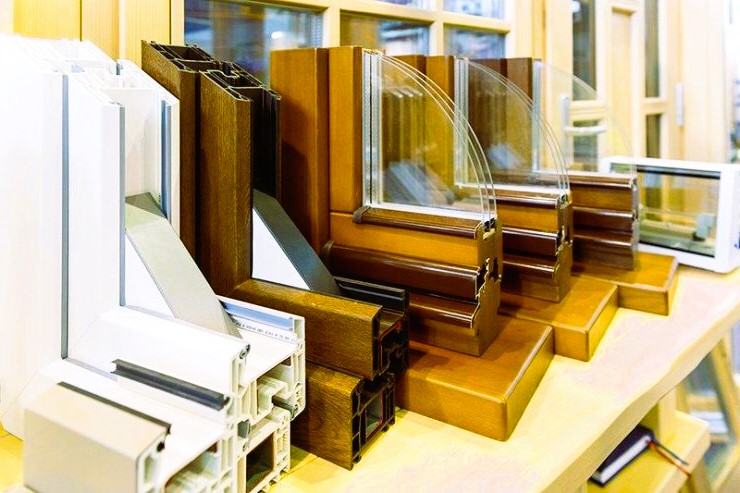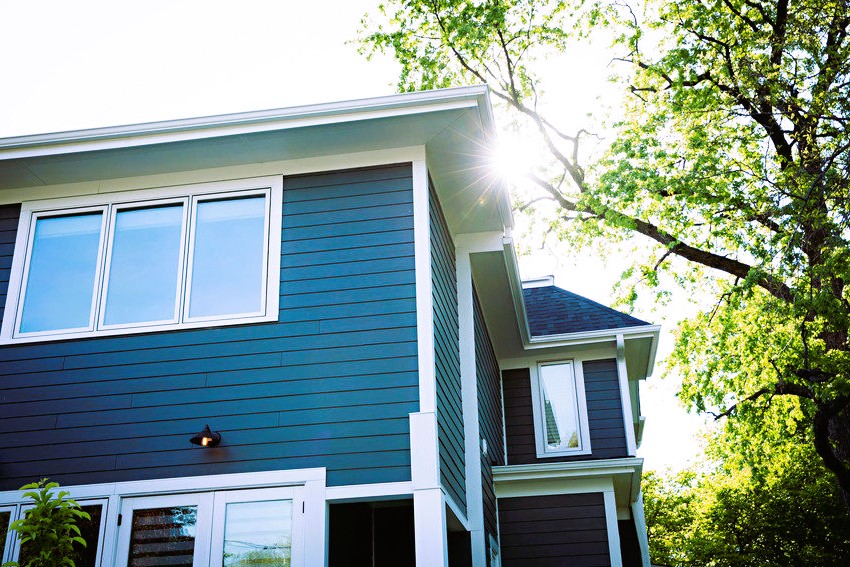When it comes to making your home more energy-efficient, one of the most crucial decisions you can make is choosing the right windows. Energy-efficient windows not only help reduce your carbon footprint but also lead to substantial cost savings in the long run. In this comprehensive guide, we will explore everything you need to know about selecting energy-efficient windows for your home.
Why Energy-Efficient Windows Matter
Energy-efficient windows are designed to minimize the transfer of heat between the interior and exterior of your home. They achieve this by utilizing advanced technologies and materials that provide better insulation and reduce air leakage. The benefits of installing energy-efficient windows include:
- Lower Utility Bills: By reducing heat loss in the winter and heat gain in the summer, energy-efficient windows can significantly lower your heating and cooling costs.
- Enhanced Comfort: These windows help maintain a consistent indoor temperature, eliminating cold drafts and hot spots, resulting in increased comfort for your family.
- Reduced Environmental Impact: Using less energy to heat and cool your home reduces greenhouse gas emissions, helping combat climate change.
- Improved Resale Value: Energy-efficient features are increasingly sought after by homebuyers, making your property more attractive and valuable on the real estate market.
Understanding Energy Performance Ratings

To make an informed decision when choosing energy-efficient windows, it’s essential to understand the various ratings and certifications that windows can receive. Some of the key ratings and certifications include:
- ENERGY STAR®: ENERGY STAR-certified windows meet strict energy efficiency guidelines set by the U.S. Environmental Protection Agency (EPA) and Natural Resources Canada. They are independently tested and certified to perform at a higher level of energy efficiency.Link to ENERGY STAR® information on Canada.ca
- U-Factor: This measures how well a window insulates. The lower the U-factor, the better the insulation. Look for windows with a low U-factor, especially for colder climates.
- Solar Heat Gain Coefficient (SHGC): SHGC measures how much solar radiation is allowed through the window. A lower SHGC is preferable in warmer climates to reduce heat gain.
- Visible Transmittance (VT): VT indicates the amount of visible light transmitted through the window. Higher VT values mean more natural light enters your home.
- Air Leakage (AL): AL measures how much air passes through the window. Look for windows with low AL values to minimize drafts. How to prepare a house for window installation, read more here.
Choosing the Right Frame Material
The frame material of your windows plays a significant role in their energy efficiency. Common window frame materials include:
- Vinyl: Vinyl frames are energy-efficient, low-maintenance, and cost-effective. They are excellent insulators and resist heat transfer.
- Wood: Wood frames provide natural insulation but require regular maintenance to prevent rot and decay. They offer a classic and timeless look.
- Fiberglass: Fiberglass frames are strong, durable, and energy-efficient. They are resistant to warping and require minimal maintenance.
- Aluminum: Aluminum frames are durable but have poor insulation properties. They are best suited for milder climates.
The choice of frame material should consider your climate, budget, and maintenance preferences.
Window Styles and Efficiency
The style of your windows also affects their energy efficiency. Some popular energy-efficient window styles include:
- Double-Hung Windows: These classic windows have two sashes that slide vertically. They provide good ventilation and are available in energy-efficient options.
- Casement Windows: Casement windows have a single sash that opens outward. They create an airtight seal when closed, making them highly efficient.
- Awning Windows: Awning windows hinge at the top and open outward, creating a protective awning effect. They are excellent for ventilation and energy efficiency.
- Fixed (Picture) Windows: Fixed windows do not open and provide the best insulation since there are no moving parts.
- Slider Windows: Slider windows have one or more sashes that slide horizontally. Energy-efficient slider windows offer improved insulation.
Additional Features to Consider

When selecting energy-efficient windows, consider these additional features:
- Low-E Coatings: Low-emissivity coatings on window glass help reduce heat transfer, keeping your home cooler in the summer and warmer in the winter.
- Gas Fills: Some energy-efficient windows are filled with inert gases like argon or krypton, which improve insulation.
- Warm Edge Spacers: These spacers reduce heat loss at the edge of the glass, enhancing energy efficiency.
- Multiple Panes: Double or triple-pane windows provide additional insulation and reduce heat transfer.
Installation Matters
Even the most energy-efficient windows will not perform as expected if not installed correctly. Proper installation is crucial to ensure a tight seal and prevent air leakage. It’s essential to hire a professional installer with experience in energy-efficient window installation.
Incentives and Rebates
Check with your local government and utility providers for incentives, rebates, or tax credits for installing energy-efficient windows. These programs can help offset the initial cost of upgrading your windows and increase your long-term savings.
Conclusion
Selecting energy-efficient windows is a wise investment that not only lowers your energy bills but also contributes to a greener, more sustainable future. By understanding energy performance ratings, choosing the right frame material and window style, and considering additional features, you can make an informed decision that enhances your home’s comfort and energy efficiency.




